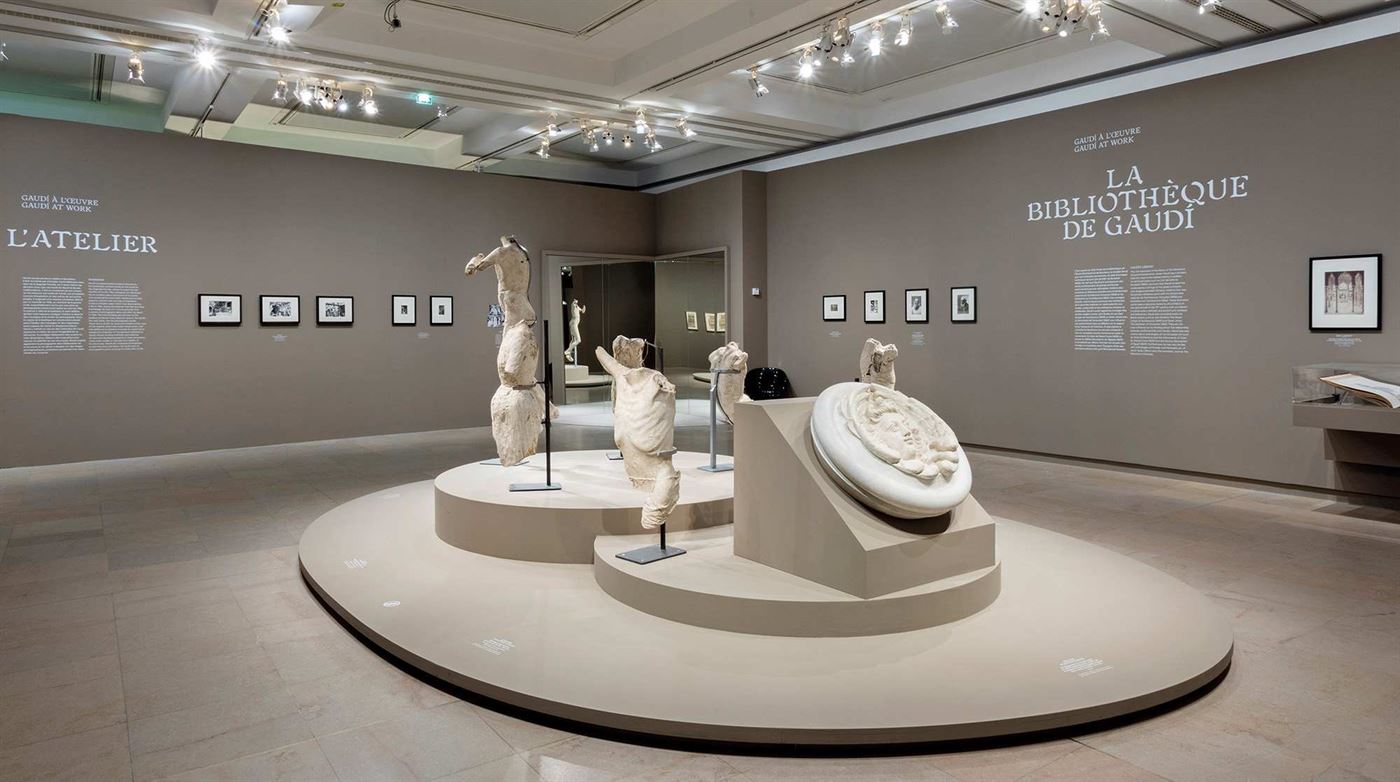
Gaudí at Musée d’Orsay
Antoni Gaudí (1852-1926) remains to be the brilliant architect who continues to leave his mark on Catalonia and also on the Art Nouveau period in Europe. He is not, however, the isolated genius that much of his often hagiographic bibliography has led us to believe. His work, in fact, was developed in the context of a very specific political, social and artistic environment. It is clear that Gaudí's work constitutes the most important moment in the artistic and intellectual production of Catalonia in his time. It was created in the midst of an artistic effervescence linked to the transformation of the city of Barcelona, whose flourishing industry opened up great financial possibilities for architectural creation.
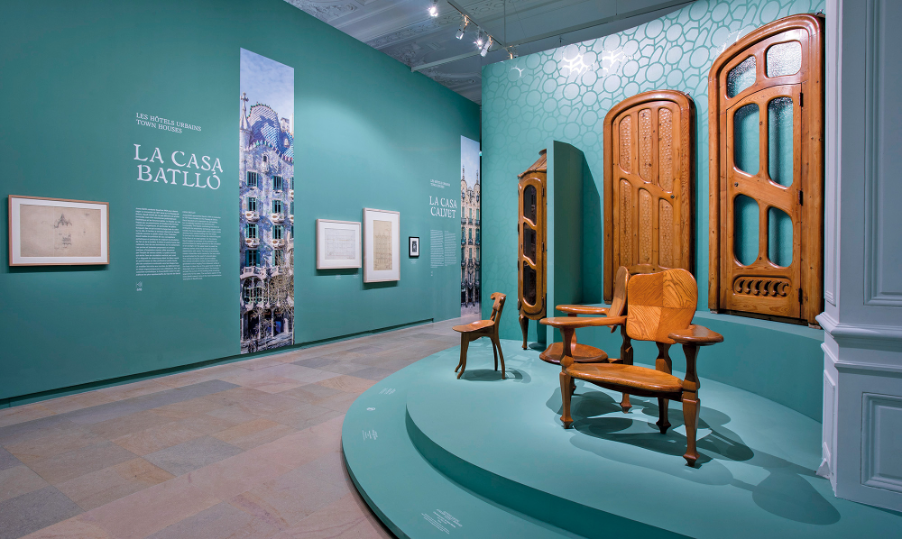
Gaudí's superiority over his time lay in his ability to transfer the economic and industrial splendor of Barcelona to his works. Gaudí's work transcended the time in which he lived because he was able to interpret that period and create the most powerful images to symbolize it. If we wish to understand his work in all its profound intensity we cannot ignore his time and the way in which his constructions were carried out in the context of the political and ideological strategies of his time, i.e. through the desires and needs of his powerful clients.
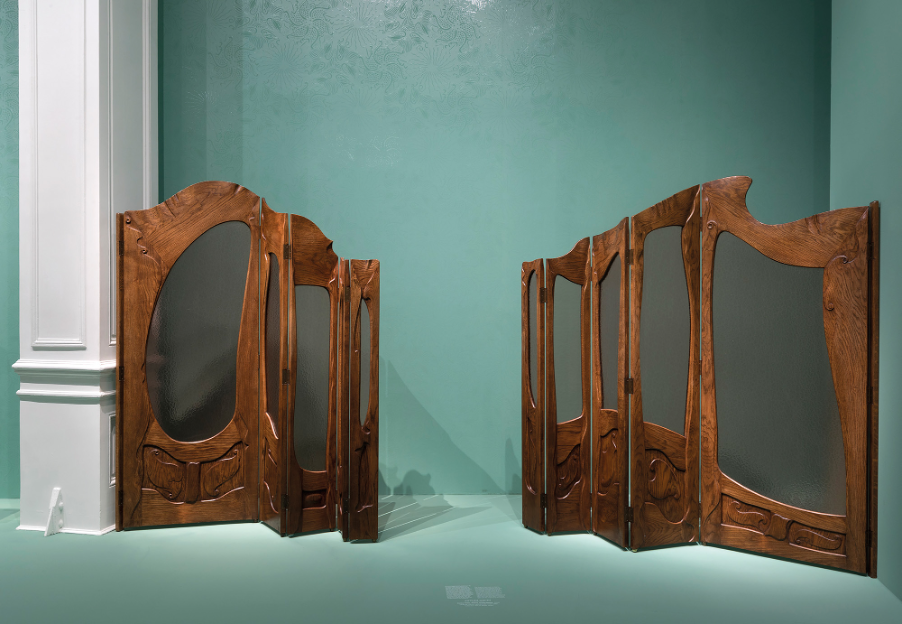
Antoni Gaudí was born in Reus on 1852, into a family of coppersmiths. He would always proudly refer back to this origins. All the clichés that are still used today to explain his myth - his alleged anti-intellectualism, his intuitive approach to architecture and the supposed absence of a project, the lack of abstract thought in his work, the result of the direct action of hands and tools on materials - have their origin in this genesis story.
Unlike his most prominent contemporaries, such as Doménech i Montaner and Josep Vilaseca, Gaudí was not a native of Barcelona and did not belong to a wealthy family. His early years, far from the theoretical preoccupations of the architects mentioned, were hands-on experiences of architectural production. But Gaudí's greatest opportunity in these early years was to enter the circle of Joan Martorell, undoubtedly the architect who was most familiar with innovations abroad and at that time the most brilliant in Barcelona.
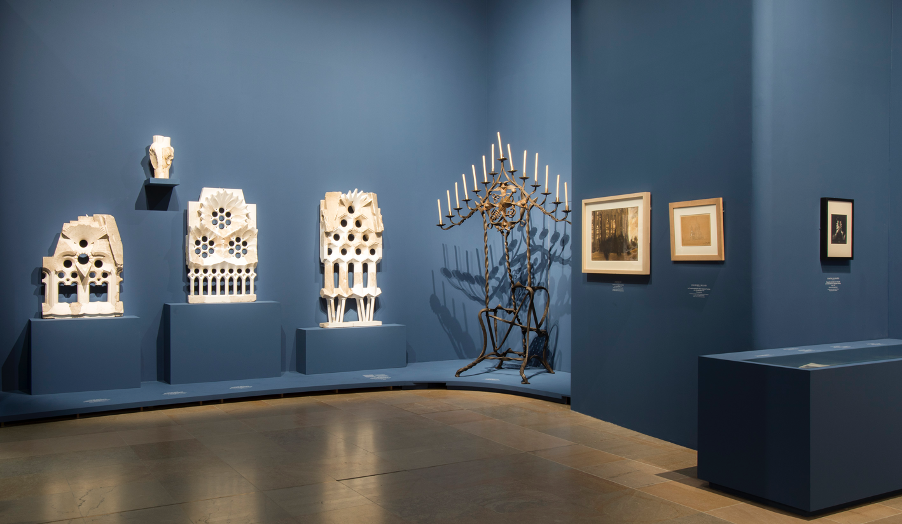
Through Martorell, Gaudí came into contact with the Marquis of Comillas and with Eusebi Güell, who would be his main client throughout his life. Both families derived their fortunes from colonial trade, and later invested in Catalonia, either in financial companies or in the textile industry. Their need for recognition and legitimacy in the new Barcelona is reflected in the works that Gaudí built for them, in perfect harmony with their aristocratic taste, which revolved around the idea of palace, park and temple.
The Sagrada Familia in Barcelona (1883-1926) is a work that stood like a gigantic mountain in the middle of a still empty city. From 1910 onwards, and definitively from 1918, the year of Eusebi Güell's death, the architect shut himself up in his studio, refusing to accept new commissions, which were considered to be worldly temptations, deviations from his work, which was unique and ultimate: the new cathedral, the cathedral of the poor, the crown of the city. In the last months of his life, he moved his residence to the temple studio to live among the mock-ups, plaster casts, sketches, photographs, proofs and models, making it a formidable interior filled with ex-votos.
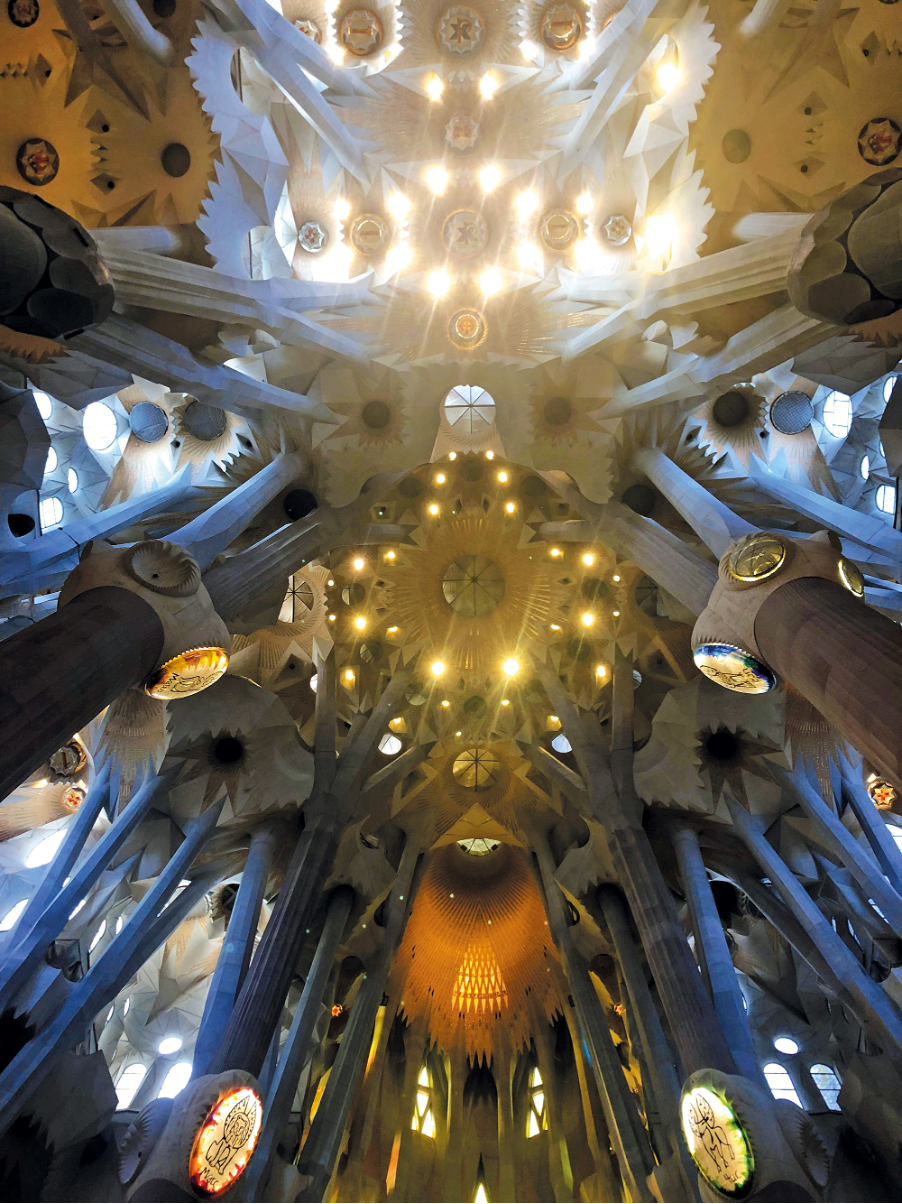
To present this discourse to the public, the exhibition at Musée d’Orsay will encompass a wide variety of works ranging from photography to furniture, casts and architectural drawings. Taking place between April 12 and July 17, 2022, the exhibition will showcase models which will help to understand Gaudí's search for volume and spatial organization.

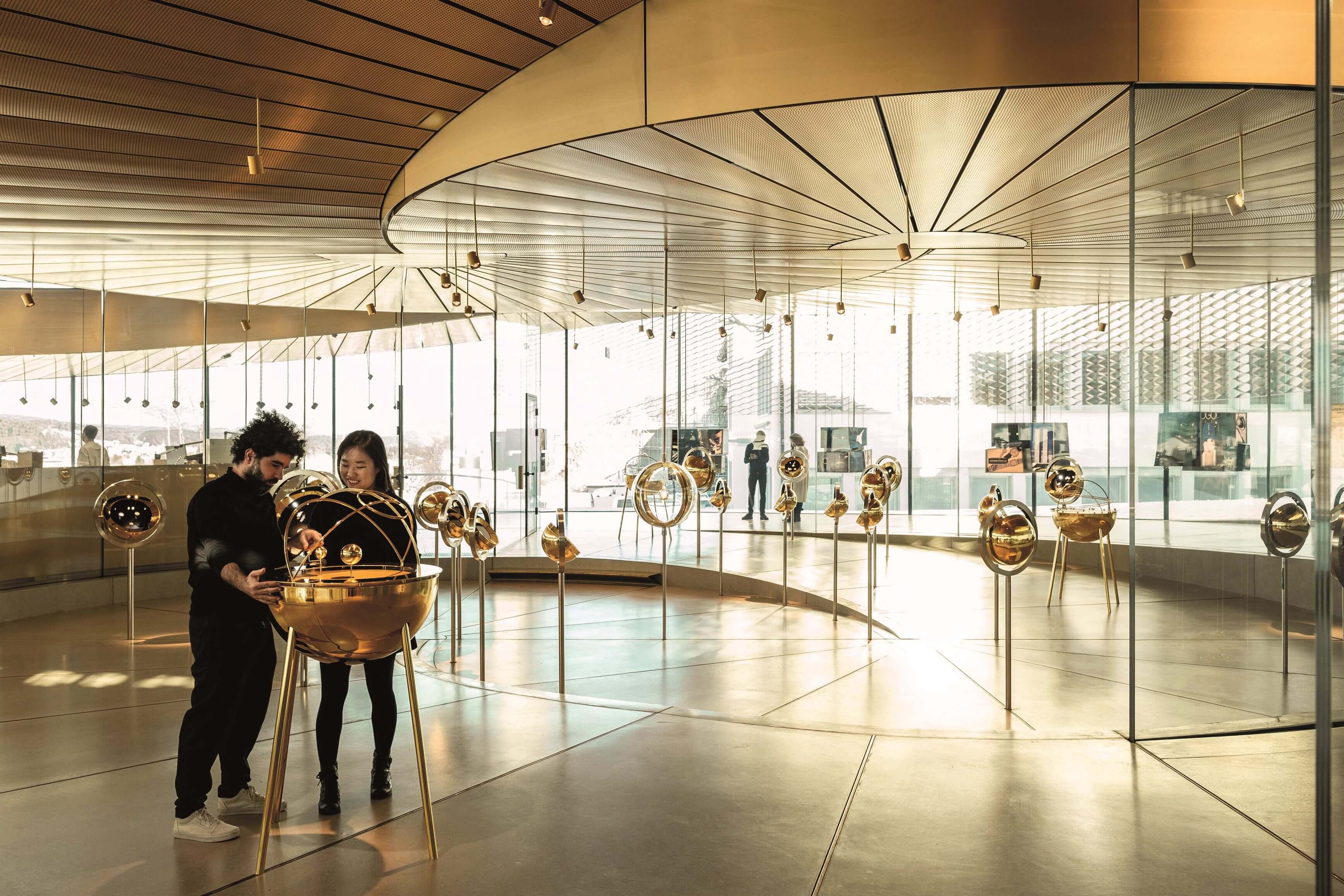
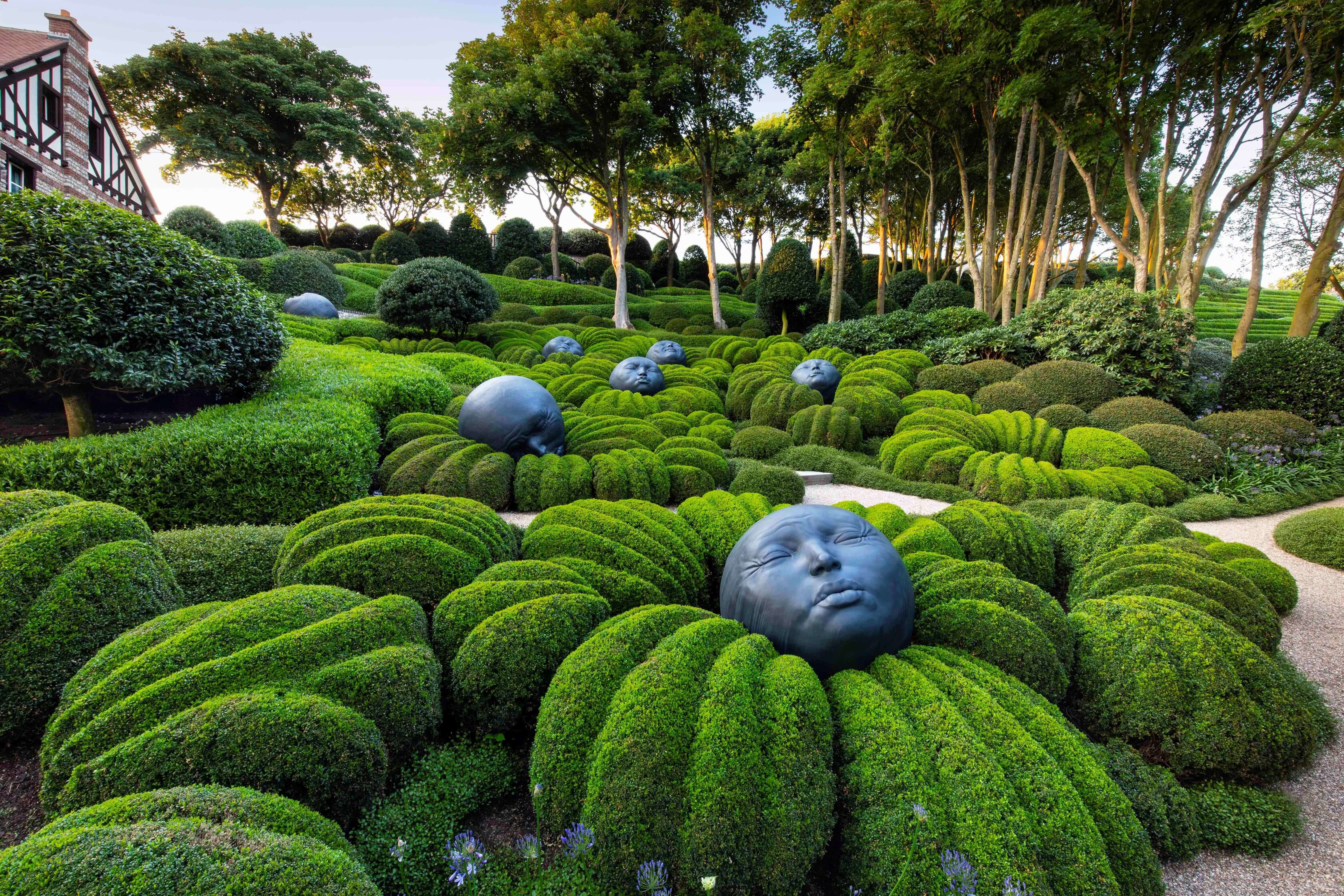
Comments